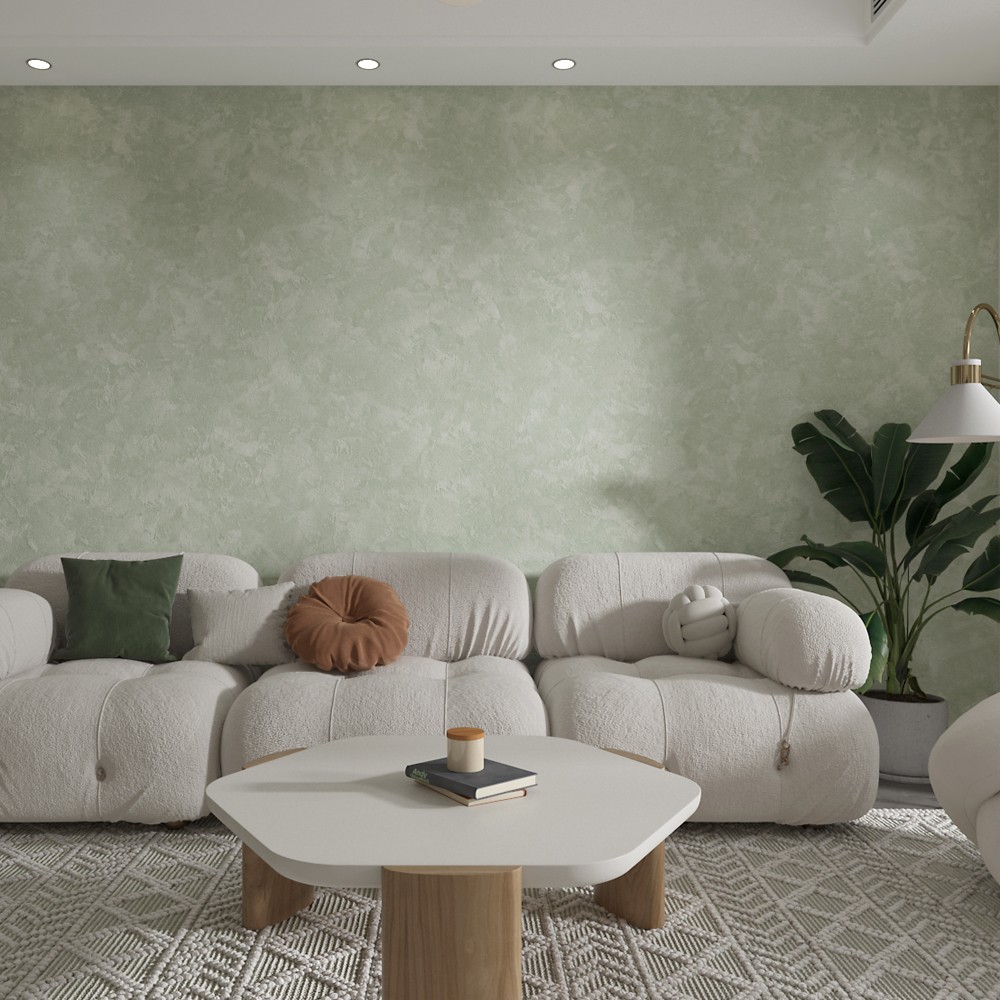Exterior walls serve as a building’s first line of defense against environmental elements while defining its visual identity. In recent years, textured external wall coatings have emerged as a preferred choice for architects, builders, and homeowners alike, blending functional resilience with artistic versatility. Unlike traditional smooth coatings, these specialized products incorporate aggregates, additives, or design techniques to create tactile, three-dimensional surfaces, transforming mundane facades into striking architectural features.

#What Are Textured External Wall Coatings?
Textured external wall coatings are formulated with a base of polymers, pigments, and inert materials such as sand, quartz, or ceramic beads, which impart a distinct texture to the applied surface. This texture can range from subtle sand-like grains to bold,浮雕 (relief) patterns, mimicking natural materials like stone, brick, or even wood. Advanced formulations may also include弹性 polymers (elastic polymers) to enhance flexibility, preventing cracks caused by thermal expansion or structural movement. Unlike conventional paints, their thicker consistency and uneven surface distinguish them, offering both protective and decorative benefits.
#Key Advantages of Textured Coatings
1. Enhanced Durability
The textured structure inherently strengthens the coating’s resistance to wear and tear. Aggregates within the formula act as a physical barrier, reducing impact damage from hail, debris, or accidental knocks. Additionally, the uneven surface scatters UV radiation, minimizing color fading and prolonging the coating’s lifespan—critical for buildings in harsh climates with intense sunlight or frequent rainfall. Many textured coatings also boast superior adhesion, reducing peeling and flaking compared to smooth alternatives.
2. Aesthetic Versatility
One of the most compelling reasons for choosing textured coatings is their ability to elevate a building’s appearance. With a spectrum of textures—from fine sand finishes to coarse stone-like surfaces—and a vast color palette, they cater to diverse architectural styles. Modern designs often favor minimalist, matte textures for a sleek look, while traditional or rustic projects may opt for deeper, more organic patterns. Customization is further enhanced by application techniques: spray guns create uniform textures, while hand-troweling allows for artisanal, one-of-a-kind designs.
3. Functional Benefits
Beyond durability and beauty, textured coatings offer practical advantages. Their porous yet water-resistant structure can repel rainwater, reducing moisture penetration and mold growth. The texture also provides mild sound insulation by disrupting sound waves, a subtle but valuable feature for urban buildings. Additionally, textured surfaces are less prone to showing minor scratches or dirt, as the unevenness hides imperfections better than smooth walls.
4. Environmental Compatibility
As sustainability becomes a priority in construction, many textured coatings now feature eco-friendly formulations. Water-based options with low volatile organic compounds (VOCs) minimize indoor and outdoor air pollution, aligning with green building certifications like LEED. Some products even incorporate recycled aggregates, reducing reliance on virgin materials and lowering carbon footprints.
#Applications Across Building Types
Textured external wall coatings are versatile enough to suit various structures:
- Residential Buildings: Homeowners use them to add curb appeal, with textures like “stucco-look” or “pebble finish” complementing suburban or coastal homes.
- Commercial Spaces: Malls, hotels, and offices often adopt bold textures to stand out, using metallic or stone-like finishes to convey luxury or modernity.
- Historical Renovations: For heritage buildings, textured coatings can replicate traditional materials (e.g., lime wash or roughcast) while adding protective layers, preserving architectural integrity.
- Industrial Facilities: Factories and warehouses benefit from heavy-duty textured coatings, which resist abrasion and chemical exposure.
#Choosing the Right Textured Coating
Selecting the ideal product requires considering:
- Climate Adaptability: In humid regions, prioritize moisture-resistant formulas; in sunny areas, opt for UV-stable pigments.
- Architectural Harmony: The texture should align with the building’s style—minimalist designs pair well with fine sand textures, while Gothic revivals may suit deeper relief patterns.
- Maintenance Needs: Coarser textures may trap dust, requiring periodic power washing, whereas smoother textures are easier to clean.
- Certifications: Look for labels like “low-VOC” or “waterproof” to ensure performance and compliance with local regulations.
#Installation and Maintenance Tips
Proper application is key to maximizing textured coatings’ benefits. Surface preparation involves cleaning walls, repairing cracks, and applying a primer to ensure adhesion. Depending on the texture, tools like sprayers, rollers, or trowels are used—thicker textures may require multiple coats. Post-application, allow adequate drying time (typically 24–48 hours) before exposing to weather. Maintenance is straightforward: occasional rinsing with water and touch-ups for chips or fading every 5–10 years, depending on wear.
#Future Trends in Textured Coatings
Innovation continues to drive the industry. Nanotechnology is being integrated to enhance stain resistance, while “self-healing” coatings with microcapsules of repair agents may soon fix small cracks autonomously. Digital design tools also allow custom texture patterns, enabling architects to create unique, site-specific aesthetics. As demand for sustainable solutions grows, bio-based binders and carbon-capturing additives are emerging, making textured coatings even more eco-conscious.
In conclusion, textured external wall coatings represent a fusion of form and function, offering durability, beauty, and sustainability for modern buildings. Whether upgrading a home or designing a commercial landmark, their versatility and performance make them a smart investment in both protection and visual appeal. As technology advances, these coatings will only become more adaptable, ensuring they remain a cornerstone of innovative architectural design.


